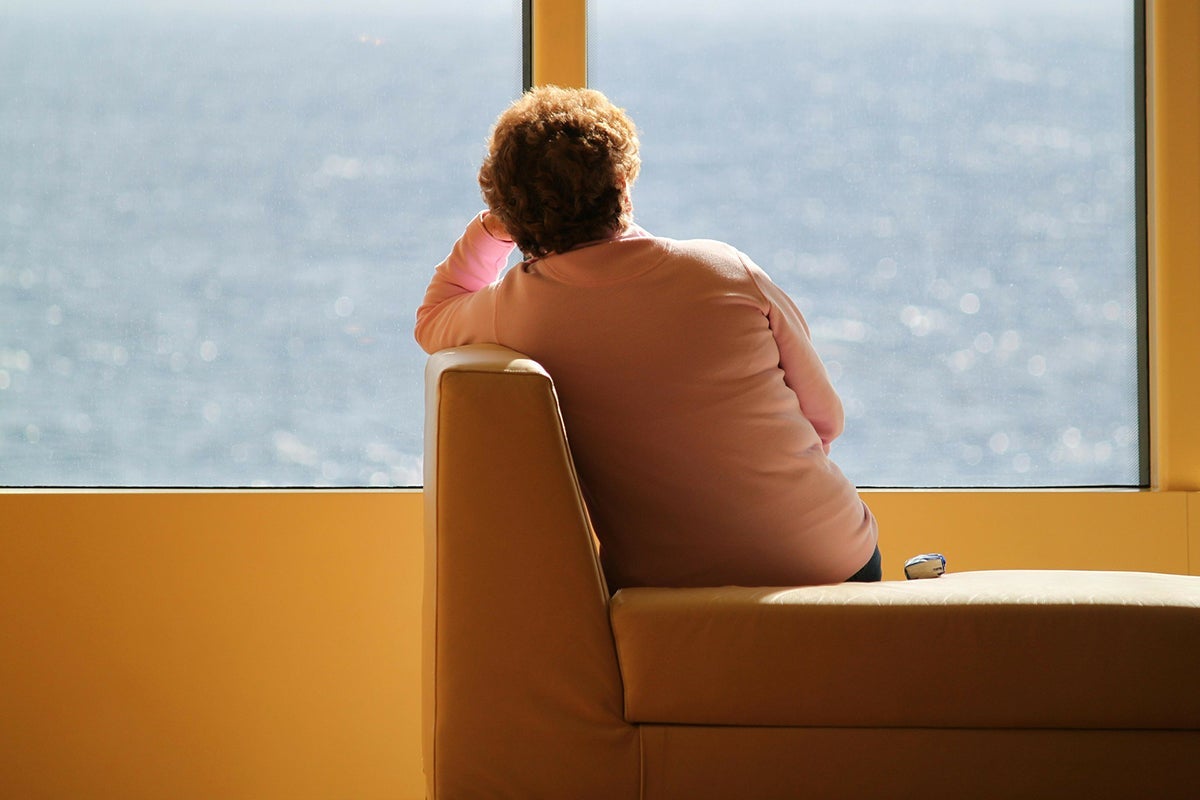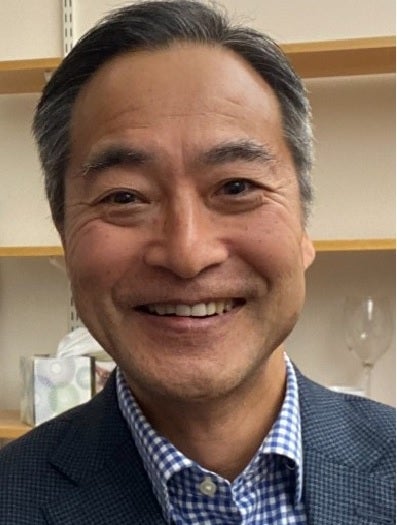Loneliness is hurting our health, but these policies could help

September 12, 2024 – Throughout the fall, Harvard Chan faculty will share evidence-based recommendations on urgent public health issues facing the next U.S. administration. Ichiro Kawachi, the John L. Loeb and Frances Lehman Loeb Professor of Social Epidemiology, offered his thoughts on policies tackling loneliness and social isolation. Studies show that individuals who lack social connections are at higher risks of developing conditions including heart disease, stroke, and dementia. Loneliness and social isolation can also increase the risk for premature death by 26% and 29% respectively.
Q: Why are loneliness and social isolation pressing public health issues in America today?
A: It’s because of their high prevalence and the health risk associated with them. Last year, Dr. Vivek Murthy, the U.S. Surgeon General, issued an advisory in which he called attention to a national crisis in social disconnection, and that came from surveys which show that almost half of Americans report experiencing loneliness and roughly 40% of U.S. adults say that they don’t feel very connected to other people.
There are several epidemiologic studies that show that both social isolation, defined as the objective condition of lacking social ties, and loneliness, defined as the subjective condition in which someone feels psychologically isolated, are correlated with all kinds of health problems, including mental illness, cardiovascular disease, and even premature mortality.
Q: What are the biggest challenges facing the next U.S. administration around social disconnection?
A: Currently, we don’t have someone in the president’s Cabinet who is focused on coordinating a national strategy to address this crisis. Other countries, including the U.K. and Japan, have appointed ministers of loneliness who are tasked with working across government departments to address the loneliness and social isolation epidemics. The next administration has the opportunity to establish a national czar to better combat social disconnection. Given that it is a prevalent and serious public health issue, it would be an important thing to do.
Another challenge is that we don’t have a monitoring mechanism that allows us to track social isolation and loneliness across the country. We monitor other public health threats, including rates of tobacco and opioid use, and we should do the same with social disconnection. The next administration should take this on so that we can better understand what’s happening to different groups in America—especially young people—and whether the loneliness epidemic is a post-pandemic overhang or the beginning of a serious crisis.

Q: What are your top two or three policy recommendations to address loneliness and social isolation?
A: Strengthen our social infrastructure
In his advisory, the Surgeon General called for a national strategy to increase social connection and included some recommendations. One of them was to strengthen the country’s social infrastructure. For example, we could improve our public transportation system as we know that one of the reasons why people become socially disconnected is the lack of affordable and safe public transportation options.
We could also expand national programs like the AARP’s Experience Corps program, which encourages retired Americans to volunteer as student tutors in under-resourced schools. The program connects retired people who are at risk for becoming socially isolated with young kids, and it has been shown to be a win-win. On the one hand, it reduces social isolation among retired people and improves their cognitive function. On the other, it helps children improve their reading skills. That’s an intervention that could be broadened to the rest of the country.
Mobilize the healthcare sector
The Surgeon General also called on mobilizing the healthcare sector, which could help address social isolation and loneliness thanks to what we call social prescribing. That’s when physicians are given the opportunity to prescribe social connection, something that already happens in the U.K., where the National Health Service employs professionals called link workers who introduce patients deemed at risk for loneliness or social isolation to a variety of community resources and volunteering programs to help them become more socially connected. That’s one way in which medical professionals in the U.S. can become involved too.
Leverage social media
Another pillar of a national strategy would be to leverage social media, which several studies show as being important in providing social connection and reducing loneliness among groups like sexual minority youths as well as seniors living alone. Now, social media is a double-edged sword, because while it helps connect people to other people, we know that the more time you spend connecting to others virtually, the less time you have for in-person connections. So, it’s important that we first figure out how to use social media to advance social connection.
We also need to push these platforms to make their algorithms more transparent. There was a disturbing experiment by Amnesty International where they set up bots on TikTok and instructed them to act like children interested in mental health issues. Soon, almost half of the content that appeared on the bots’ “For You” page was mental health-related, including videos that seemed to normalize suicidal ideation. The issue is we don’t know what social media platforms are doing behind the curtain nor when using social media can increase people’s sense of social isolation or threaten their mental health.
Q: What is the scientific evidence supporting these recommendations?
A: That is a challenge. There is a lot of evidence showing that social isolation and loneliness are threats to human health, but we need to rigorously evaluate all possible solutions, including those put forward by the Surgeon General, to find out which work best.
We also need to investigate at what point exactly loneliness becomes a real health threat. Many people say that they feel lonely on any given day, but then recover with no impact on their health. So, how long does someone have to feel lonely before it puts their health at risk? I think we’re beginning to see that it’s chronic loneliness that is a risk factor. For example, a recent study led by Harvard Chan researcher Yenee Soh found that chronic loneliness may increase the risk for stroke, but we need a lot more data.
Q: What do you hope could be realistically accomplished in this field in the next four years?
A: I think it would be very reasonable for the next administration to establish a national coordinator for tackling social disconnection, put in place a monitoring mechanism so we can keep track of the scale of the problem, and give local communities sufficient funding to strengthen our social infrastructure. I also hope we can start to bring social prescribing to our healthcare system.
It’s not just a U.S. problem. This year, the World Health Organization established the Commission on Social Connection, with the goal of bringing together policymakers and advocates to try to elevate awareness of social disconnection and get governments to properly tackle this public health issue.


